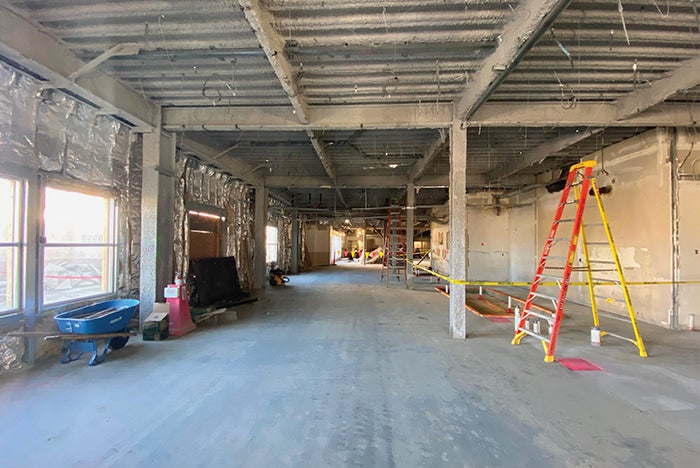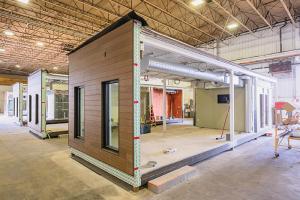Shuttered general hospital given a new purpose in its community

Benton County is converting the facility’s old birthing center into a new crisis stabilization unit.
Image courtesy of Benton County, Wash.; BOTTOM Image courtesy of Froedtert Hospital
In 2022, Benton County in Washington state acquired the former Kennewick General Hospital. The eight-acre campus will become the Columbia Valley Center for Recovery (CVCR), a regional inpatient care facility. It will provide more than 300,000 people in the communities that form the Tri-Cities area (Kennewick, Pasco and Richland) with health care services that previously required extensive travel.
The 193,000-square-foot campus was suited for health care operations, but the buildings required extensive renovations.
“We had to meet local building code requirements and state health department standards for licensing,” says Matt Rasmussen, deputy county administrator and engineer. For instance, to qualify CVCR for public funding, units could not exceed 16 beds to avoid Medicaid classification as an Institution for Mental Disease. As a result, units will function independently but share common laundry, storage and staff break rooms — a fully compliant innovation that maximizes functional and clinical efficiencies.
Most mechanical systems needed to be replaced to meet current codes, and providing new heating, ventilating and air-conditioning; plumbing; and electrical systems proved to be more cost-effective than integrating and updating existing ones. All exterior windows and doors also will be upgraded for energy efficiency.
“Reusing existing components and targeted upgrades ensured a thoughtful, balanced solution within budget,” says Heather Farrell, project manager for NAC Architecture. “Fiscal responsibility also accelerated access to essential behavioral health services.”
The project has continued to present unexpected challenges that have required ongoing adjustments to the original plans, including designing a secure ambulance drop-off area. The ideal location was a tight space between the building and a public street. However, fire regulations prohibit ambulances from backing in or out, so a system utilizing multiple automatic gates was created to allow emergency responders to navigate the constrained space safely.
Engaging stakeholders early on was crucial, Rasmussen says.
“Many projects like this often suffer from, ‘Not in my backyard!’ pushback, but because the community was involved from the start, that didn’t happen,” Rasmussen says. “In fact, neighbors are excited to see the facility repurposed, and businesses are returning in anticipation of a major employer returning to the area.”
The center is scheduled for completion in late 2025.




